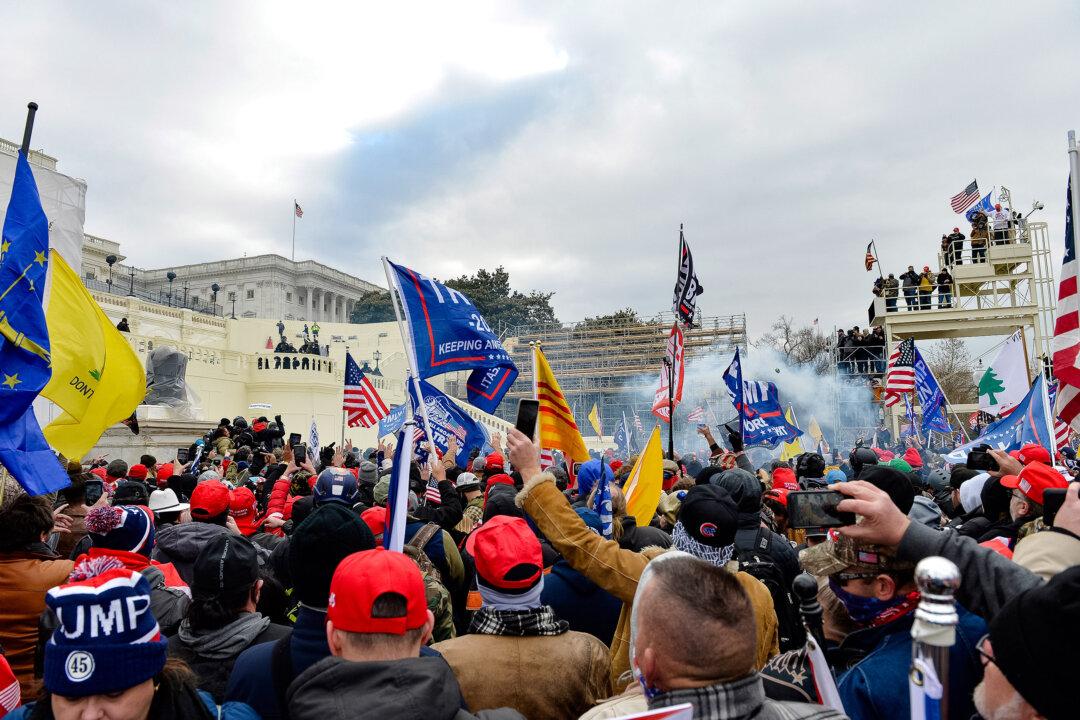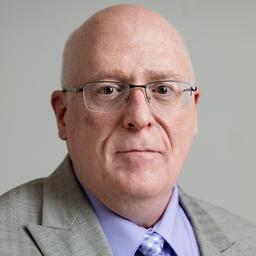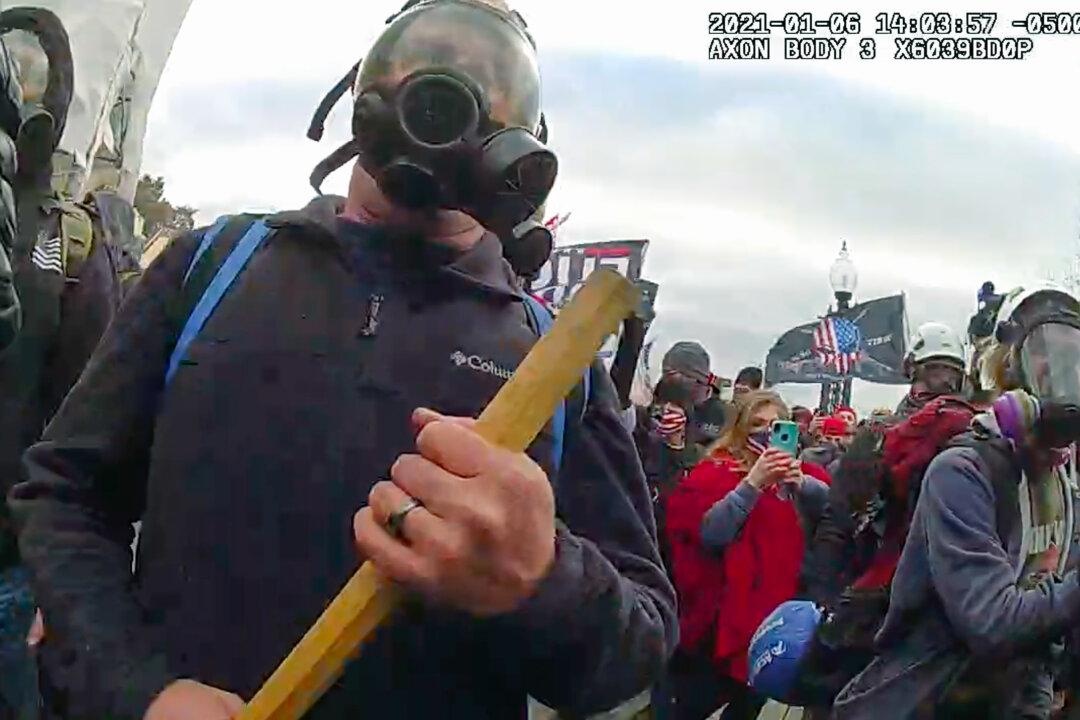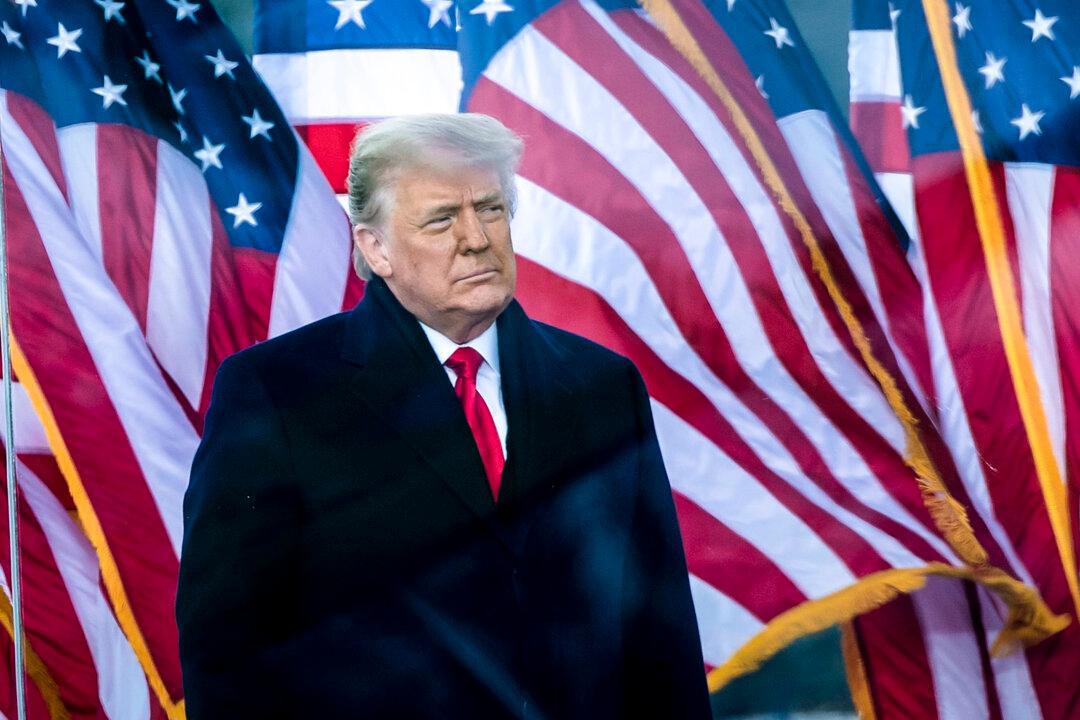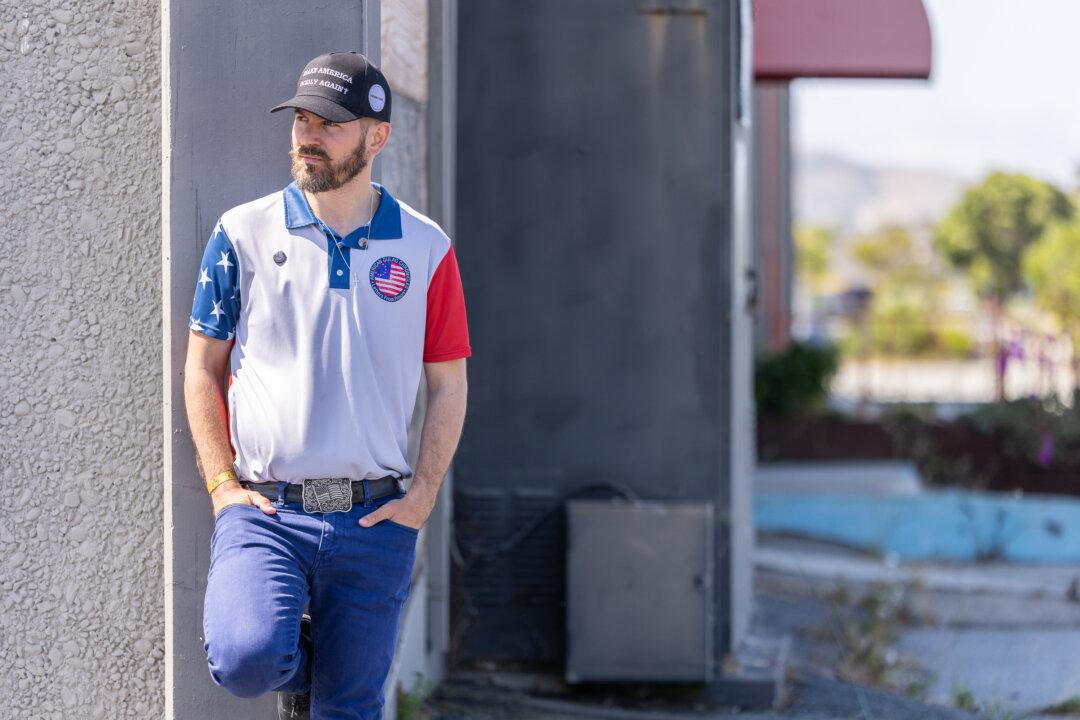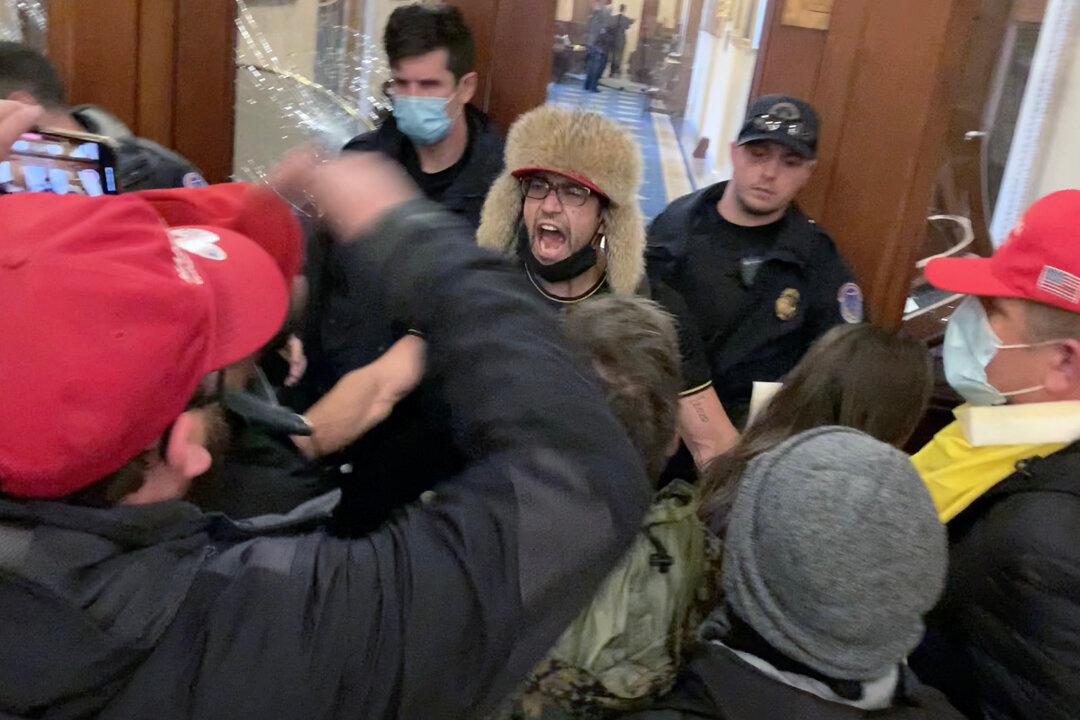A federal judge in Washington D.C. has denied seven motions from a defendant seeking to identify FBI agents in Jan. 6 crowds and gain access to undercover videos shot by Metropolitan Police Department (MPD) officers, at least one of whom incited the crowds at the U.S. Capitol.
In a 22-page order, U.S. District Judge Rudolph Contreras ruled against William Pope on a range of motions filed in his Jan. 6 criminal case since May 2023.
